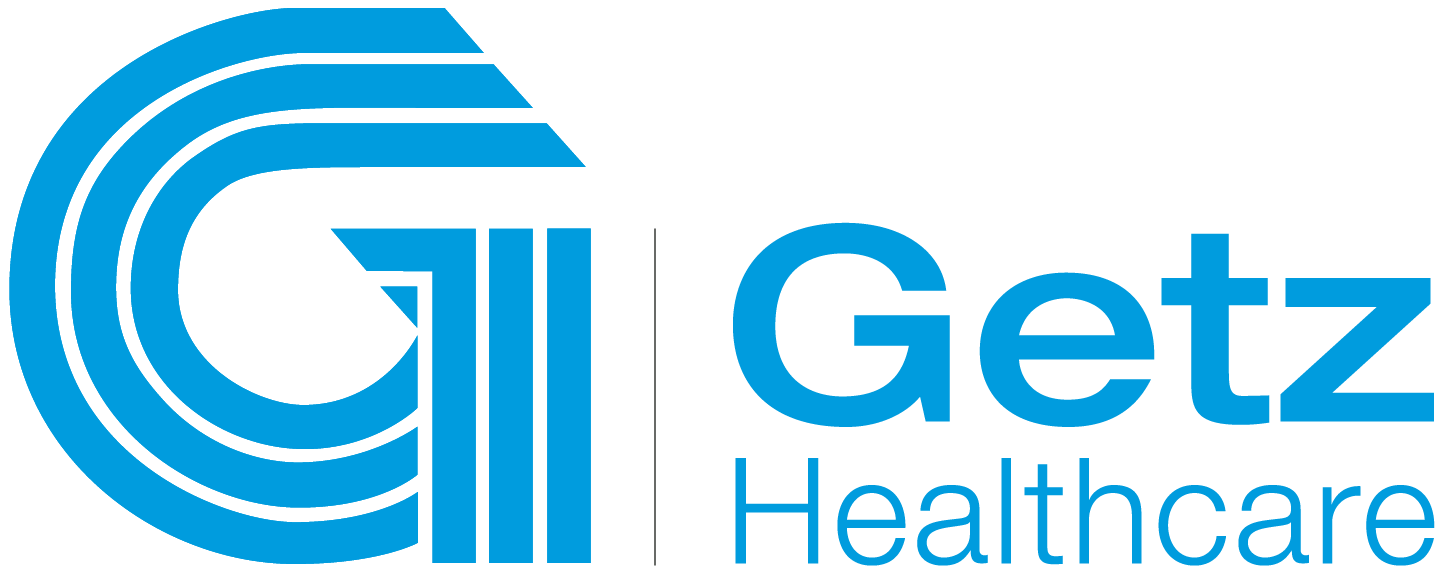
Enhancing the Safety of Bronchoscopy
As with any medical treatment, it is important for healthcare professionals to minimise the risk of complications associated with bronchoscopy procedures. The goal is not only to improve clinical outcomes but also to enhance the patient experience and encourage rapid post-operative recovery.
Indications for fibreoptic (flexible) bronchoscopy procedures range from respiratory infection to malignancy, pulmonary infiltrate in febrile neutropenia and haemoptysis, including mycobacterium tuberculosis and pneumonia.i Rigid bronchoscopy is often indicated for the management of central airway obstruction, foreign body aspiration and massive haemoptysis.ii
There are several possible complications that can occur during bronchoscopy procedures, which vary slightly according to the type of procedure performed – although there are several similarities. Complications associated with fibreoptic bronchoscopy include: mechanical issues such as oro- or naso-pharyngeal, vocal cord and airway trauma; bronchospasm; laryngospasm; the introduction or worsening of infection; and death. All of these typically have a greater effect on patients requiring more extensive treatment and who have higher levels of comorbid disease.iii
When it comes to rigid bronchoscopy, the need to perform surgery under general anaesthetic brings with it the usual potential complications of such a procedure. The most common mechanical complications include trauma to the teeth, oropharynx, vocal cords or other glottic structures, as well as laryngospasm, pneumothorax, haemorrhage, and death. Common systemic concerns are vasovagal syncope, hypoxemia, hypercarbia, arrhythmia, and post-procedural respiratory failure.i
There are several techniques and products that can be used to help reduce the risk of complications during bronchoscopy procedures. For example, proper patient positioning with the neck correctly extended has been found to help avoid trauma to the oral cavity and vocal cords. It has also been postulated that positioning of the cryoprobe can prevent the development of bronchospasm.iv
In addition, the literature suggests that the risk of haemorrhage may be minimised by employing the most appropriate bronchoscopy technique alongside cessation of antiplatelet and anticoagulant therapy prior to the procedure.ii
Improve Safety with Stabilisation Systems
Our Bronchoscope Stabilisation System from Mediflex Surgical Products is the only table-mounted stabilisation platform available that provides static, hands-free holding of flexible bronchoscopes. Ideal for various pulmonary procedures, particularly those that include: Electromagnetic Navigation Bronchoscopy (ENB), Radial Endobronchial Ultrasound (rEBUS) and Cone Beam Computed Tomography (CBCT). The device supports atraumatic procedures by facilitating correct patient positioning and preventing any risk of movement, ensuring accurate diagnoses and treatment delivery. The system also eliminates the need for an assistant in the room to reduce radiation exposure among the team and streamline personnel requirements.
Its unique design provides enhanced stability, improved visualisation, increased patient comfort, precision and reduced procedural risks. Incorporating the Mediflex system into bronchoscopy practice demonstrates a commitment to patient safety and the pursuit of excellence in respiratory care.
Explore the ways in which you can enhance your fiberoptic bronchoscopies with the cutting-edge Bronchoscope Stabilisation System or Contact Us today.
i Qanash S, Hakami OA, Al-Husayni F, Gari AG. Flexible Fiberoptic Bronchoscopy: Indications, Diagnostic Yield and Complications. Cureus. 2020 Oct 24;12(10):e11122. doi: 10.7759/cureus.11122. PMID: 33133790; PMCID: PMC7586410.
ii Batra H, Yarmus L. Indications and complications of rigid bronchoscopy. Expert Rev Respir Med. 2018 Jun;12(6):509-520. doi: 10.1080/17476348.2018.1473037. Epub 2018 May 8. PMID: 29727208.
iii Stahl DL, Richard KM, Papadimos TJ. Complications of bronchoscopy: A concise synopsis. Int J Crit Illn Inj Sci. 2015 Jul-Sep;5(3):189-95. doi: 10.4103/2229-5151.164995. PMID: 26557489; PMCID: PMC4613418.
iv LEE, P., MEHTA, A.C. and MATHUR, P.N. (2009), Management of complications from diagnostic and interventional bronchoscopy. Respirology, 14: 940-953. https://doi.org/10.1111/j.1440-1843.2009.01617.x [Accessed June 2023].
